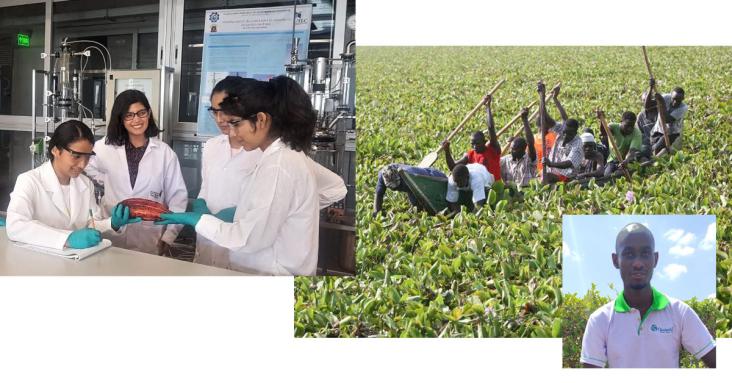This book chapter addresses SDGs 2 and 12 by explaining the significance of the GM crop and how it will help save an undernourished population from food insecurity.
The principal motivations for the worldwide trend towards reducing meat consumption are health, the environment and animal welfare.

Meat consumption has been increasing since the 1960s, but especially from the 1980s decade to today.

This article highlights the winning proposals of the fifth edition of the Elsevier Foundation Green & Sustainable Chemistry Challenge. The winning proposals were chosen for their innovative green chemistry aspects and their large positive impact on the environment, contributing to SDGs 7, 8, 10, 12, 13, 14 and 15.
Harnessing genomic selection for efficient and sustainable livestock production is an important and markable way to address food security challenges.
This paper describes the relationship between agriculture, food supply chains and children’s and adolescents’ diets and their food accessibility, advancing knowledge on SDG 2, zero hunger.
This book chapter addresses goals 12, 14 and 15 by discussing the debate surrounding the role of biodegradable plastics in solving plastic solid waste accumulation and assisting the transition toward a circular economy, in turn encouraging more sustainable communities and responsible consumption.
This book chapter advances SDGs 6, 12 and 11 by analyzing research studies on water remediation within the framework of 12 principles of green chemistry, bibliometric features, and characteristics of related research papers.
The dichotomous divide between vegetarians and omnivores seems clear: Omnivores eat meat, whereas vegetarians do not.
